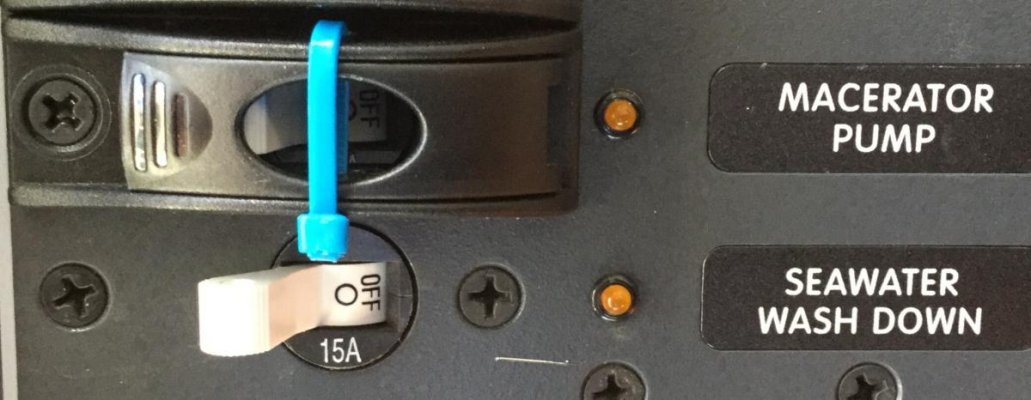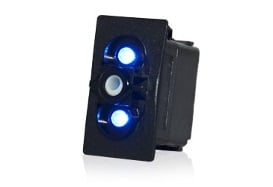DCDC
Senior Member
Our holding tanks have both overboard discharge and deck fittings for vacuum service. The overboard discharge systems have a macerator pump and a local switch with a keyed switch in series. The keyed switch locks out the pump so no discharge is possible without a key.
As we crossed yesterday from Bimini to Miami we prepared for U.S. regs. As the discharge through hulls are difficult to access at sea, I just locked the pump switches and stored the keys. I see this as comparable to a locked valve.
Any thoughts as to how LE might react to this method?
As we crossed yesterday from Bimini to Miami we prepared for U.S. regs. As the discharge through hulls are difficult to access at sea, I just locked the pump switches and stored the keys. I see this as comparable to a locked valve.
Any thoughts as to how LE might react to this method?






